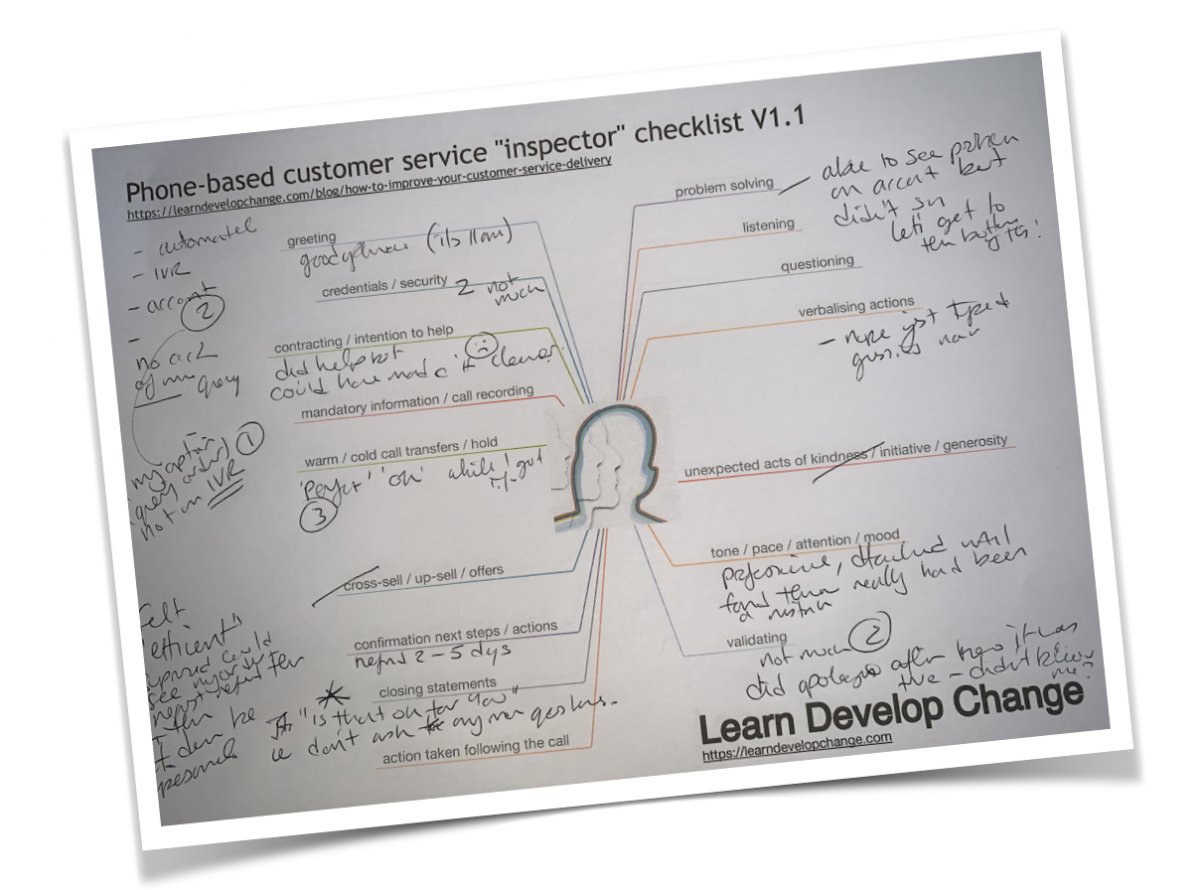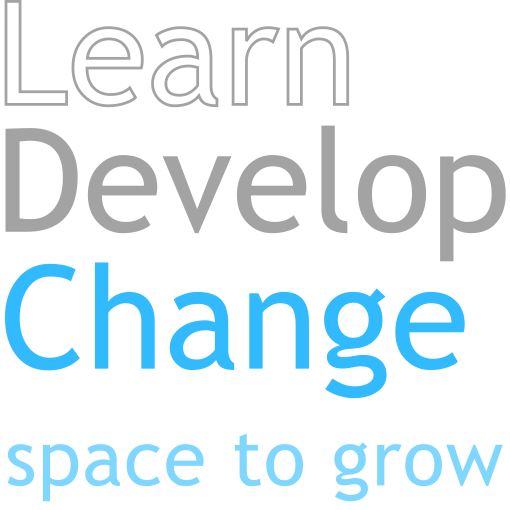It was a joke of course. I was probably expressing my newbie frustration as I struggled to get to grips with the job. There was a lot of work to do, and most of it complex, time-consuming and difficult to learn. Unfortunately if I got rid of “them” and their issues, there’d be no work for me to do.
“Us” and “them” thinking blocks great service
It’s easy to think of customers as “them” doing things to “us” as we are trying our best to provide a service. If only they co-operated, take responsibility, be polite, listen better, then our job would be so much more straight-forward.
We all want a great experience
An activity I ask participants to complete in customer service workshops is to define what a perfect customer would be like. It’s not a question that gets asked a lot, and it provokes a lot of discussion and energy. More interesting is the follow-up question: What does your perfect customer want from you? It doesn’t take long before someone in the room points out that what we want and the customer wants is largely the same.
The more we understand “us” as customers, the better we will be at connecting with "them," and improving the service we deliver.
Here's a strategy to try
Ask everyone on the team to become a customer service "delivery inspector." Give them the following brief:
When you are next a customer of someone else’s service collect as many examples as you can about your experience. Collect things like the greetings you are given, the way your call is transferred, the voicemail messages and email responses you receive. Collect them all (sticky notes are great for this), group them and rate them in terms of how you felt.
Customer service checklist
If you'd like some areas to focus on while you are collecting information, here is a starter list of delivery areas that impact on phone-based customer experience. You will certainly have more of your own to add, but this will get you started:
- greeting
- tone / pace / attention / mood
- contracting / intention to help
- credentials / security
- mandatory information / call recording
- problem solving
- questioning
- listening
- validating
- verbalising actions
- warm / cold call transfers / hold
- cross-sell / up-sell / offers
- unexpected acts of kindness / initiative / generosity
- confirmation next steps / actions
- closing statements
- action taken following the call
A real life example
Here are some notes and learnings from a real call I made to a contact centre recently, My goal as a customer was to get a refund as they'd billed me twice for an order. Using the mindmap sheet helped me focus both on how the agent handled my query and how I felt. I started the call in a very neutral frame of mind and kept an eye on how I was feeling by the end.

(A mindmap can be easier to use than a list during a conversation - so we made a CS checklist template for you in our resources section.)
Observations from the call:
- The IVR didn't have an option listed that applied to why I was calling. I had to pick one and trust I would be able to explain to whoever picked up. Even so, the agent I got through to did sort my problem on the call without transferring me.
Improvement idea: adding an option like "and for anything else press 4" would have avoided me feeling like I was going into battle. - The agent was efficient, polite and sounded positive. When I said I'd been charged twice they did a basic check of who I was and asked for the order number. Felt a bit impersonal. When the incorrect charge was found the agent then apologised. I think it would have felt better to apologise first and correct later if it turned out I'd made a mistake. I did have a feeling that maybe I wasn't believed at first.
Improvement idea: Acknowledge the situation early in some way such as "oh no, I'm sorry that's happened". - The agent could locate the order and see two charges instead of one. This was relatively quick, but I had to guess that's what they were doing as all I could hear was typing in the background.
Improvement idea: This could have felt a lot more reassuring if they had said they would be able to sort it quickly and verbalising what they were doing. Something along the lines of "I will find your order and payments ond sort things out for you. Bear with me while I bring your order up on my screen." - I did get a great "what will happen next" summary. Very clear.
- The call ended with a clunker though (to me anyway). The agent signed off with "Is that OK for you?". It certainly ended the conversation efficiently, but I totally felt managed off the call. Remember I was phoning because they took twice the money they should have.
Improvement idea: I've found the "is there anything else I can do for you?" sign-off can feel clunky for everyone involved but a simple "can I help with anything else?" would have worked well here. It's still efficient but a bit more personal.
Overall impression
Here was a professional agent working hard to meet call targets. I got my money back from an impersonal corporation efficiently. Great for a bank maybe, not at all aligned with the sector this company operates in and how they present themselves to customers.
All the improvement ideas that came out of the call are easy and not too surprising. The main learning was how each interaction made me feel. Recognising the emotional component of the service I experienced gives me a new insight when I'm providing service to others.
Finding fresh ideas
Whichever method you choose to collect your information, the next time your team meets everyone can share their delivery examples. Highlight things that worked and things that were less effective. Discuss the emotional impact they had. Collect the most useful strategies then get the team to explore the journey that your own customers take as they engage with your organisation. Find opportunities to put your new ideas and strategies into practice.
By connecting more closely with your own "inner customer" you can breathe new life into the service you deliver to your customers.

